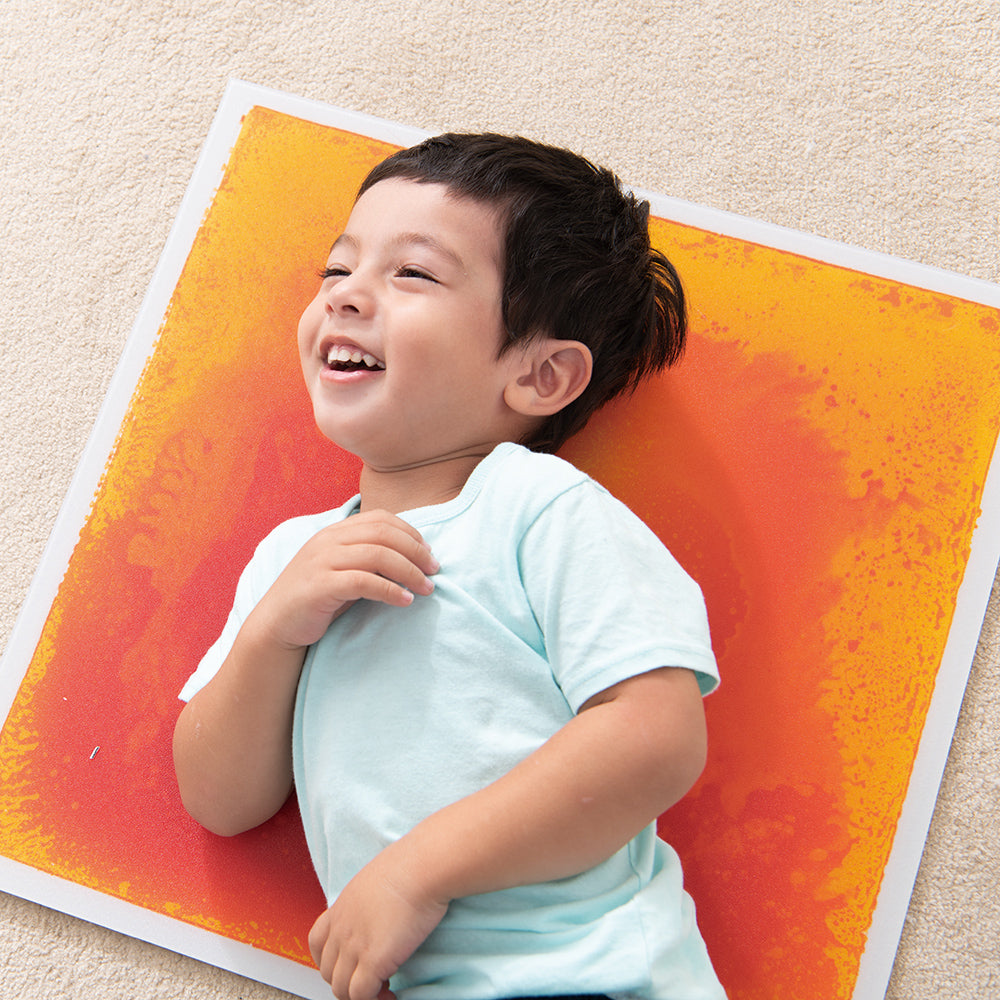Aug 07 , 2023
Are Montessori Materials toys?
It's fascinating to me how frequently I've been asked this topic, as well as the level of concentration and conversation it has generated throughout the internet. First and foremost, let me state... Montessori materials were carefully created to interact with the Montessori curriculum, which is based on natural infant development. Maria Montessori was not a toymaker and considered play to be a child's labour. Maria Montessori spoke candidly about toys, and my understanding of her remarks is that a toy can never replace real-world experience for a child. In other words, providing a child a play kitchen can never replace the advantage of an interested youngster being given the time and chance to work with their own tools in a real kitchen, and I truly believe this. However, I believe that a youngster can experience both real world (for those who use that term) and creative expression through toy play. The child will always seek for authentic experiences, and we must recognise, appreciate, and assist in meeting this demand. Our time and freedom to explore are the most valuable gifts we can provide a youngster. We can contribute to this by providing an accessible environment.
It's simple to understand why many people refer to Montessori objects as toys. I believe we forget that 'toy' is only a word, and what we select to associate with it as carers is more important. We have more control over toy selection while our children are very little. As our children mature and gain linguistic skills, physical independence, and exposure to all of the wonderful things that coexist in this world, they begin to make their own decisions. I believe that there are numerous early dialogues that may and do occur around the topic of purchasing that are highly beneficial.
It's fascinating to observe a child engage with all of the purchases in their environment. Children are highly creative people, and they will make many decisions in life and 'toys' that may not be your first pick. These are critical times of increased sensitivity and growth. Your youngster may be completely engrossed in a light-up, colourful, Disney-inspired toy (or whatever the case may be), but you may be completely dismissive of this medium of play. During a time like this, I would strongly encourage you to sit and observe your child. Listen to them, observe them, and communicate with them. Open your mind and heart to what they enjoy and are working on during this time of play. It takes practise to model regard and respect for decisions, resources, and things in the environment with which you may not always agree. Your youngster will absorb this wonderful gift from you, understanding that people have a wide range of options. It may appear early, but these early stages of acceptance have a significant impact on growth, self acceptance, and self worth. They also have a significant impact on how your child interacts with the environment around them, as diversity is an inherent aspect of life. This is a time to connect with your child in order to gain a better grasp of what and why you are uncomfortable. What a wonderful gift for you and your child.
Our children see Montessori items as tools for discovery, independence, and learning in our home. You can determine if your materials will remain separate and distinct from the overall in your home. There are numerous wooden toys and puzzles on the market now that have properties comparable to Montessori materials. The majority of our materials were gathered collectively. Montessori items are usually easy to spot because they are properly organised and always have a place to return to. This has been our general rule for everything in our house. We attempt to have places for everything in our environment to aid in maintenance and cleaning, as well as to make items visible and easily accessible.
We have worked with our children to model care and concern for our/their environment, as well as for the items we enjoy using and playing with in our home. All of the toys in our house are treated equally and have thoughtful homes in our surroundings. This level of worry and care is not restricted to Montessori toys, but to any toy that piques our children's interest and excitement.
Our children, I believe, respect the materials and interact with them not just for the intended purpose, but also for the simple pleasure of their beauty, design, and function. Even if I am well-versed in the materials, our children do not distinguish them from their toys.
In our home, Montessori work is done via play. I feel that this type of material investigation and creativity can be done with any other toy or substance in your home, whether Montessori or not. The main distinction is that it is linked to the curriculum as a whole (if you are curriculum focused).
Another frequently asked question is, "Do I have to buy only wooden toys?"
Montessori materials were mostly made of natural materials because that is what was available. Would her preferences for particular materials change now? We have no idea.
My intention has always been to closely observe my children in order to suit their requirements, development, and interests. Many of the toys in our home are made of wood. We chose them based on their interest, design, and functionality. We also have an extensive assortment of plastic toys.

